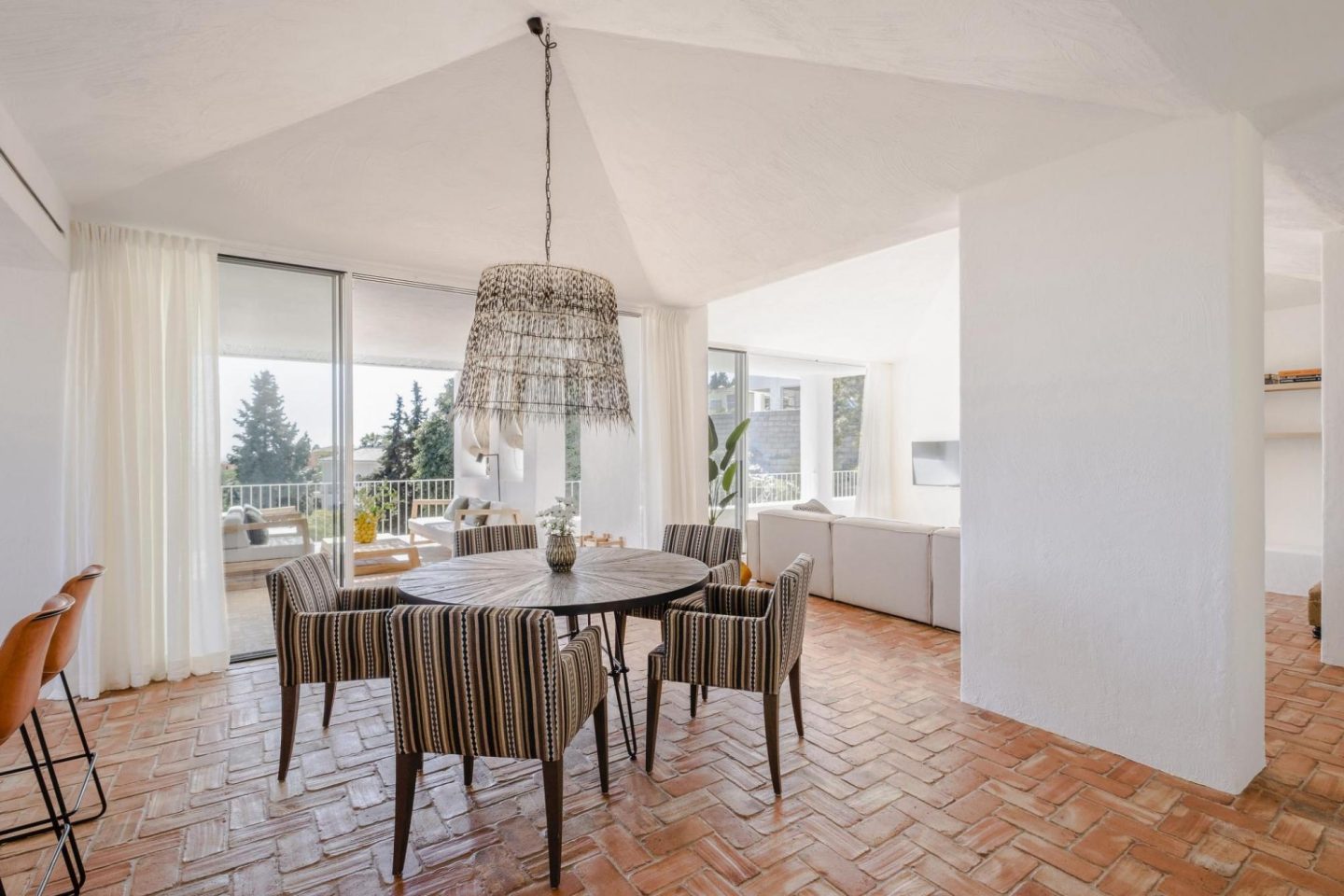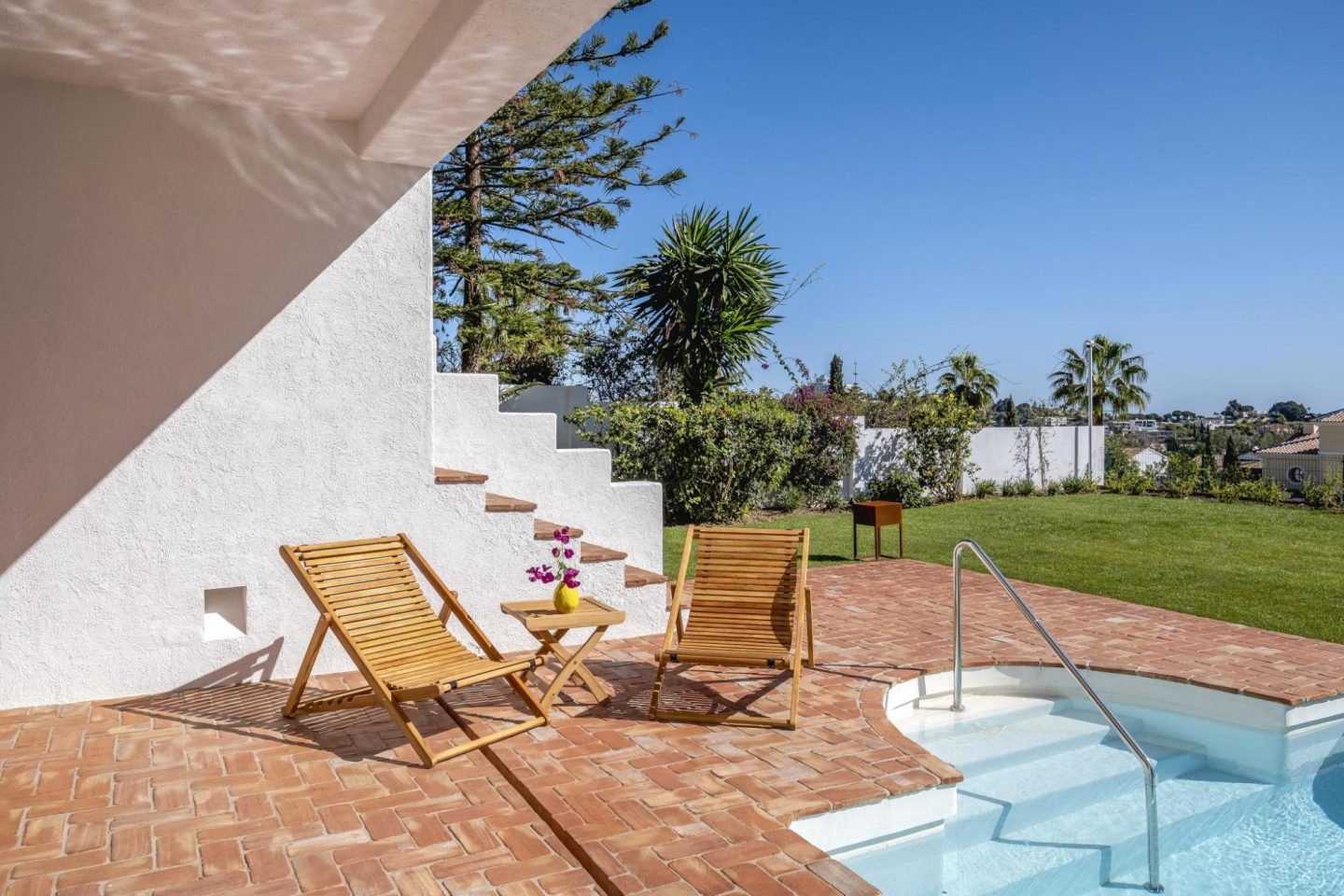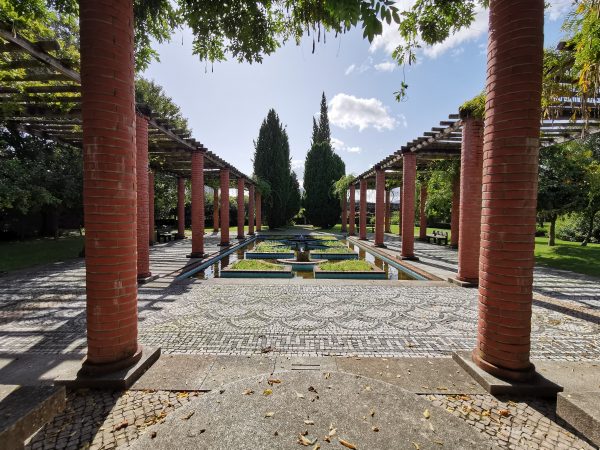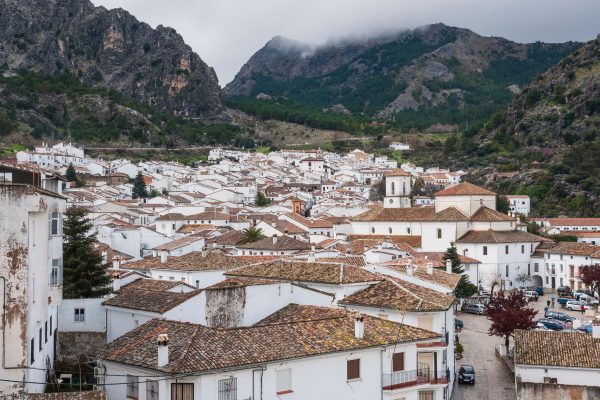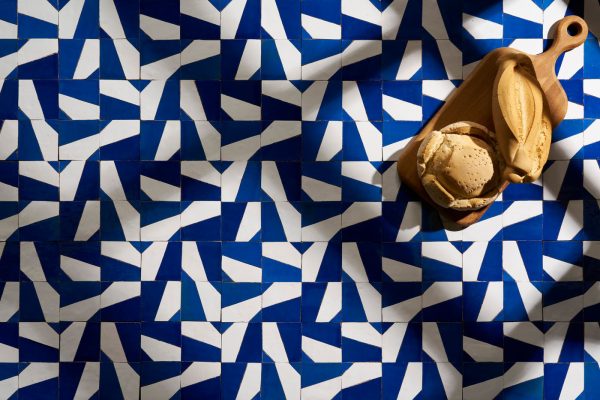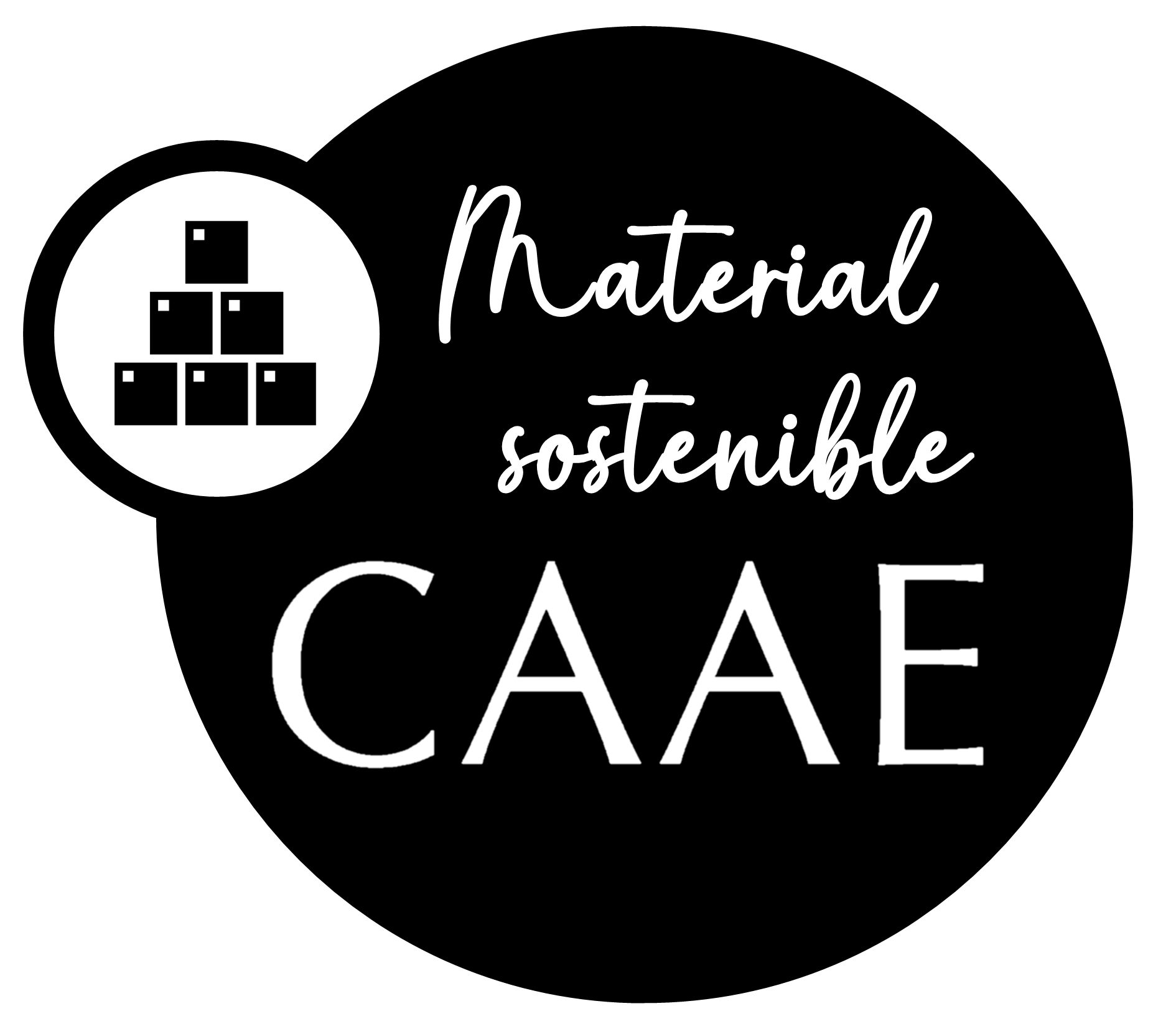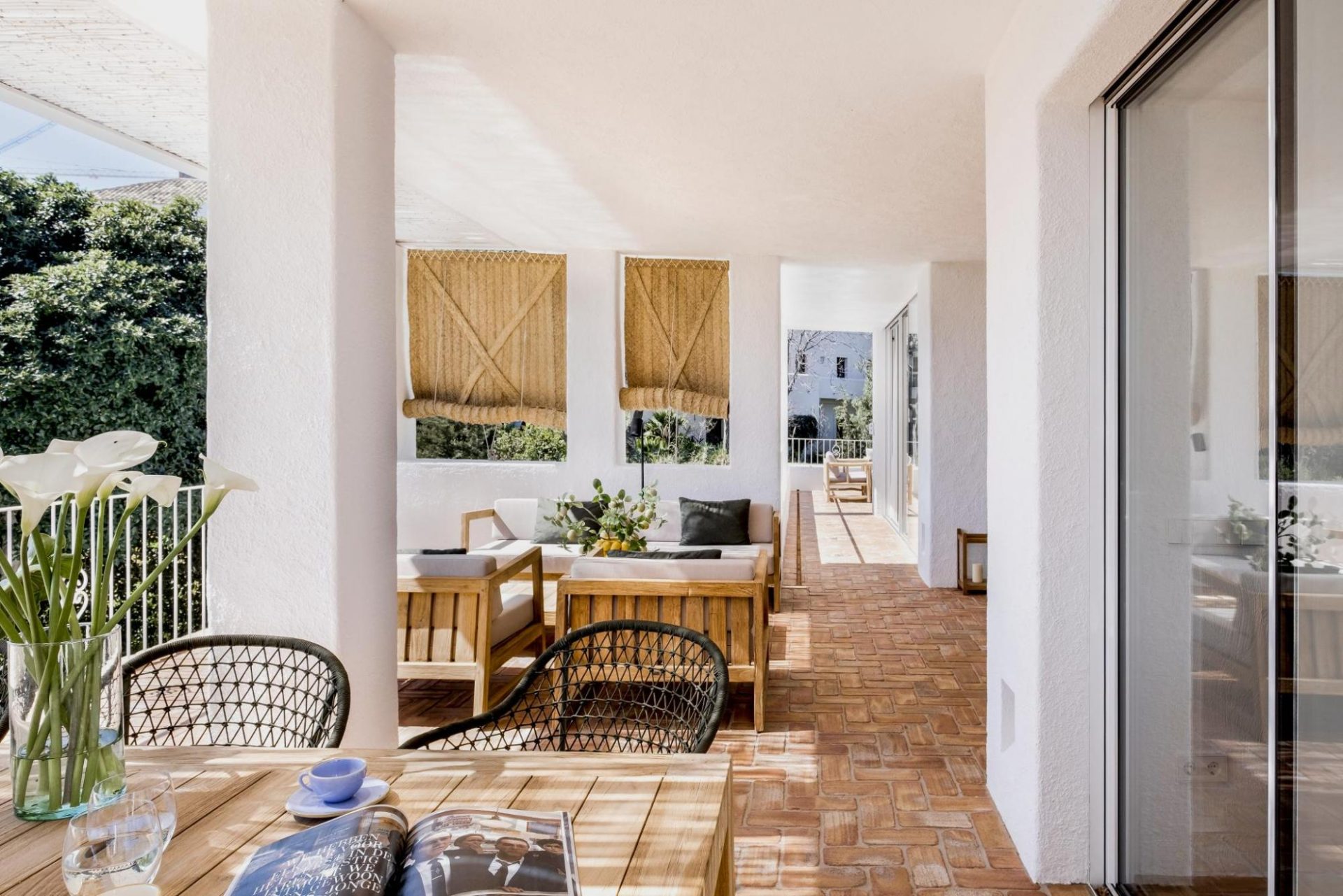
Example of bioclimatic architecture: the Mediterranean patio
We see the characteristics of the Mediterranean patio as an example of bioclimatic architecture
Bioclimatic architecture, of which we spoke about in this article, is one that takes into account for its design, planning and construction the climatic conditions in which it is located. In addition, it uses bio-constructive elements to take advantage of the resources naturally present in the materials and biological elements. A good example of bioclimatic architecture is the Mediterranean patio.
The Mediterranean patio, besides being an aesthetically infallible element (in this article we reviewed what elements you need to have one at home), is a perfect example of how to use bioclimatic conditions in favor of comfort and energy savings.
The first and fundamental thing is its location: being a “hole” in the center of the buildings, it becomes an element of thermal regulation for the whole house. But in circumstances where solar radiation is too high, as is the case in the south of the Iberian Peninsula, a simple open space is not enough to combat thermal discomfort. Other essential elements are needed. Namely:
Vegetation and water are two basic elements of bioclimatic architecture
The three elements on which the principle of the Mediterranean patio stands from a bioclimatic perspective are: vegetation, water and shade. Traditionally, all three converge to maximize energy savings, as they are elements that, with different but complementary strategies, help control temperature and humidity.
Favoring native species, which will survive better with less water, and using climbing plants or plants that can provide shade, is always a good idea. A creeping vine can remove up to fifteen degrees Celsius of temperature in the hottest part of the summer, and the filtering of UV rays that vegetation can do is always greater than that of non-specialized textile fabrics.
Regarding watercourses, we are already seeing large-scale bioclimatic architecture projects in which water circulation is the fundamental pillar to combat the extreme consequences of climate change.
Water control not only cools the environment: it keeps the temperature stable. It also feeds (literally) the other fundamental elements of the courtyard. Watercourses used to be found in ditches, pools or fountains in classic Mediterranean courtyards, but today we find more static bodies of water, in the form of pools, Jacuzzis or ponds.
The use of materials: zellige, bricks and clay tiles are the great allies of the patio.
What makes it possible to connect the previous elements with each other and with itself, the binding element, is the support material, the base of the patio, the one that supports it all. The constructive material. And there is no better ally for the Mediterranean patio than terracotta.
Having bricks, tiles or terracotta tiles for the floors or walls of the patio, or to direct the watercourses, allows to maintain all the properties that we already find in the water and the plants.
In this article we explain in depth what are the properties (hydro-thermal among them) of terracotta. But the truth is that the advantage of this product is not only bioclimatic: it is also aesthetic. Mediterranean societies, especially Andalusian and North African, have used terracotta for their courtyards. Inspired by this shared tradition, this year we are launching our Mediterranean collection of zellige, perfect for transforming any outdoor space into a dream patio.
Searching the past for future solutions
At todobarro we never stop researching. As we will explain in detail later, we are exploring the extrapolable possibilities that the Mediterranean patio has as an element of bioclimatic architecture to make our cities and public spaces more livable and resilient to the devastating effects of climate change.
We know that the role of terracotta is a fundamental axis in this education. But we also know that there is much more to it than we can imagine. There is a reason why Mediterranean civilizations have been using this material since the beginning of their own existence, and it is that reason that we base our research and innovation work on, in close collaboration with the Chair of Climate Change at the University of Malaga.
